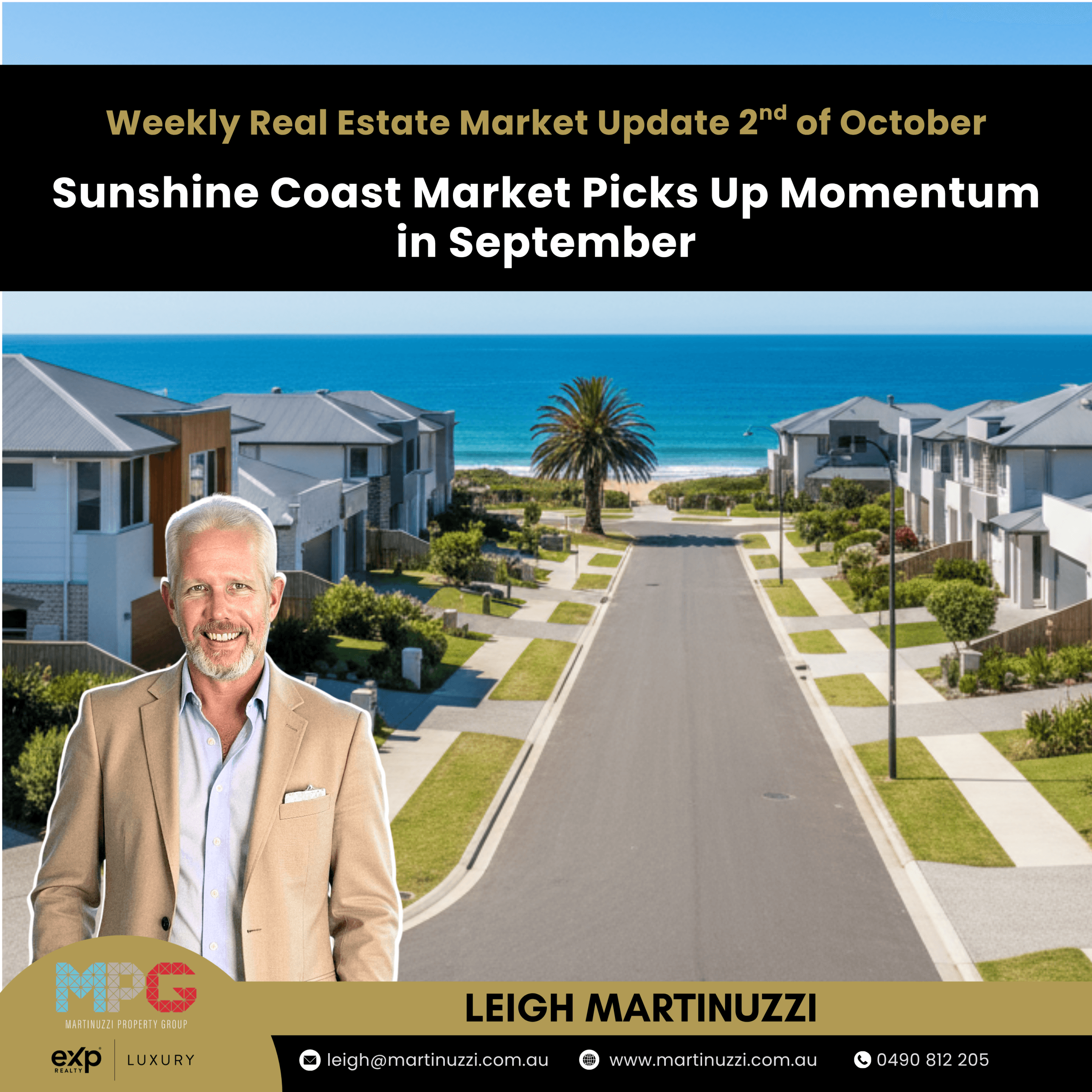Weekly Real Estate Market Update with Leigh Martinuzzi
This current property boom may be the second-biggest property price growth period in the history of Australian real estate. The largest boom recorded was in the years from 2000 to 2005 when median house prices across 128 towns and cities in Australia doubled. Right now, we are 12 months into the property boom and while it may not mean property prices double we will certainly see some significant increases.
The two major cities, Melbourne and Sydney, which hold 40% of the Australian population are now seeing large vacancy rates and recently more properties coming to the market for sale. Locally, I believe we will continue to see a shortage of properties for sale with more buyers still choosing to buy outside the capital cities. With many more people working from home on a full-time basis this means they can now choose a house & workplace that is in a more ideal location. For example, Cairns has seen a big influx of buyers move from the likes of Sydney and Melbourne in favour of a tropical lifestyle.
Also, as prices increase and household savings are up, there are many homeowners now starting to look for a second investment, while mortgage rates are low. Alternatively, they are spending their savings to upgrade their existing residence.
Locally, the greatest challenge remains, homeowners while eager to sell to capitalise on the current market and with a desire to find a more ideal location to live, are stuck in a hard spot. “If I sell, I may not be able to find anything.” This trend will likely continue for some time. Selling for a premium for the risk of being homeless isn’t the most favourable situation.
If more homeowners decide to sell this could change the supply/demand equation. One survey by UBS suggests that 70% of homeowners who have been receiving JobKeeper payments will sell in the next 12 months. I can’t imagine, at least for Queensland homeowners, where they will go as the supply of properties for sale and rentals is much lower than the national averages.
If you are wishing to sell but uncertain that you will be able to find anything suitable to move to there are solutions to protect you that we would be happy to share with you as options.
What goes up must come down! Back in 1988 house prices rose by 12% and then in 1999 by 24% with a total price increase over two years of 35%. In 1990 and 1991 prices fell by 10% (according to statistics provided by Michael Yardney). Historically property prices in Australia over the longer term always rise however they will fall back and stagnant and as we observed in the 90s when throughout the 90s the prices didn’t do much at all. I suppose eventually this boom will soften and perhaps the market will fall but how long will it be until we see a change? I feel confident that for the remainder of 2021 we will see conditions as current, with tight stock levels and strong buyer demand.
Locally here on the Sunshine Coast we’ve seen the number of properties available for sale reach a decade low almost down 50% (12,310 in December 2010 compared to 7252 in December 2020 recorded by CoreLogic). Rentals are far worse and experiencing 15-year-record low vacancy rates currently sitting around 0.5%. The current population of the Sunshine Coast sits at around 350,000 however since COVID we’ve seen mass migrations from the southern states into Queensland and locally here on the Sunny Coast. Typical population growth rates on the Sunshine Coast range from anywhere between 1.4% and 2.3% with current estimates suggesting the current growth rate is 90% higher than normal with 25,000 people having moved here in the last financial year alone. With all this in mind, you can see why we have such a shortfall in property available to purchase and how this is putting major pressure on price rises.





